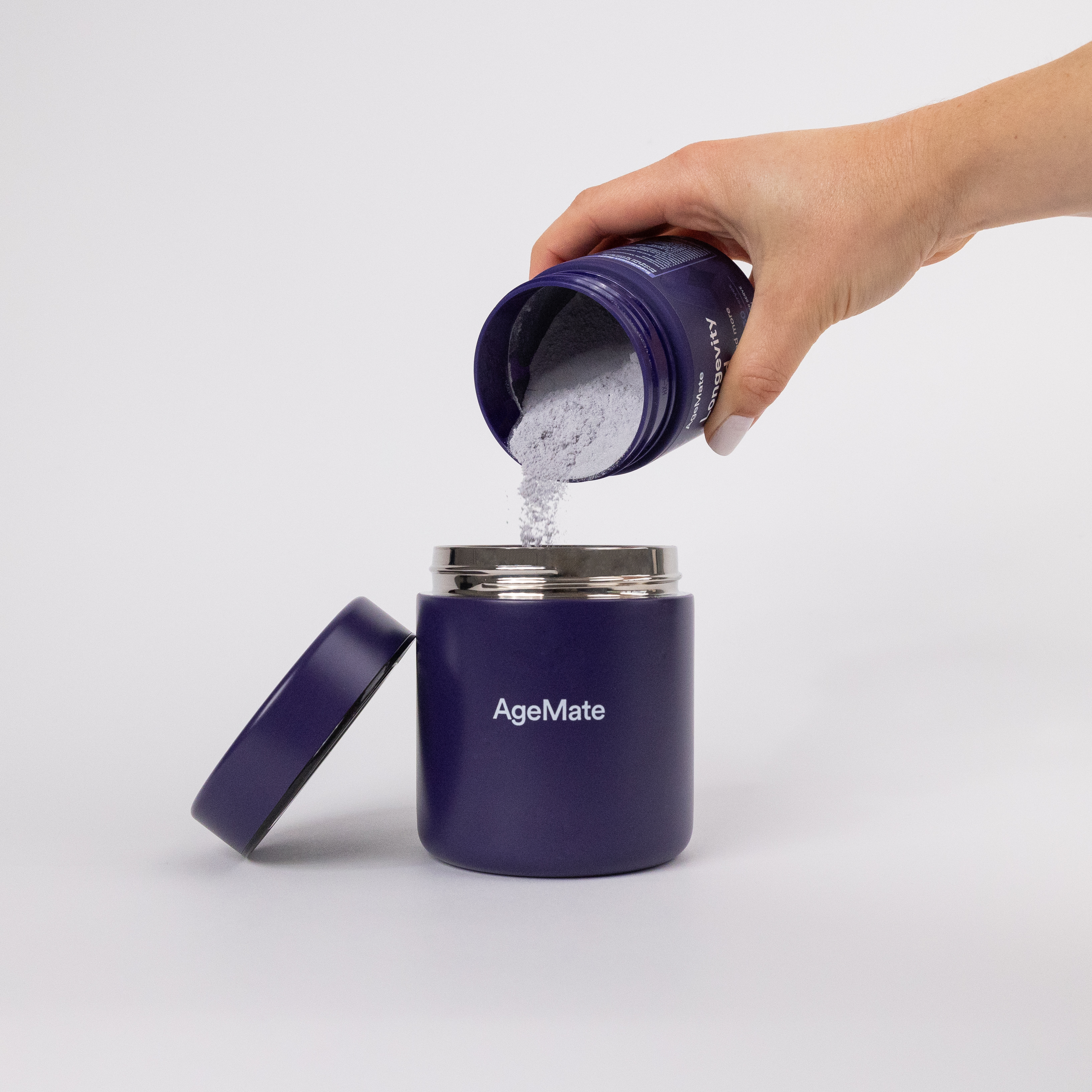Running stands out as a beacon of hope, transformation, and endurance in the quest for fitness and well-being. This simple yet profoundly impactful activity has woven itself into the fabric of health enthusiasts' lives worldwide.
With the rise of marathons and runs dedicated to charitable causes, running has transcended its traditional boundaries, becoming a vehicle for change, compassion, and community building.
Here, we explore the top ten health benefits of running, delve into the nuances between running and jogging, and highlight an inspiring trend where athleticism meets altruism.
10 Health Benefits of Running
1. Cardiovascular Health
Running strengthens the heart, increases the elasticity of arterial walls, and lowers blood pressure, collectively enhancing cardiovascular health and reducing the risk of heart diseases.
One particularly fascinating study found that even low-intensity running, for as little as 5 to 10 minutes a day at speeds less than 10km/hr, is associated with significantly reduced risks of death from all causes and cardiovascular disease (R).
2. Weight Management
It is an effective way to burn calories, shed excess pounds, or maintain a healthy weight, contributing significantly to overall physical health.
For those specifically looking at weight loss or maintenance, the American College of Sports Medicine recommends at least 150 to 250 minutes per week of moderate-intensity physical activity to prevent weight gain (R).
3. Mental Well-being
Running has profound psychological benefits. It's known to combat depression and anxiety by releasing endorphins, often dubbed 'feel-good' hormones.
One comprehensive scoping review of literature explored the relationship between running and mental health, finding extensive evidence suggesting that running bouts of variable lengths and intensities, as well as running interventions, can improve mood and overall mental health (R).
4. Strengthened Muscles
Regular running tones and strengthens muscles, particularly those in the legs, hips, and core, contributing to a stronger, more resilient body (R).
5. Improved Joint Health
Contrary to common misconceptions, running can improve joint health by strengthening the muscles around the joints, thereby reducing their load (R).
6. Increased Bone Density
Running healthily stresses your bones, signalling your body to increase bone density, which can help ward off osteoporosis (R).
7. Enhanced Respiratory Efficiency
By working out your lungs and respiratory system, running increases oxygen intake and improves overall breathing efficiency (R).
8. Boosted Immune System
Moderate running is associated with a stronger immune system, which helps the body fight off illnesses more effectively.
A notable research finding is that moderate-intensity continuous training (MCT), as opposed to high-intensity interval training (HIIT), significantly improves immune function biomarkers among healthy young men.
The study found that leukocyte, lymphocyte, neutrophil, and monocyte counts showed significant enhancements in response to MCT compared with HIIT intervention. This indicates that moderate continuous running may favour an increase in the number of immune cells, which is crucial for a robust immune response (R).
9. Extended Longevity
Studies suggest that regular runners have a lower risk of premature death than non-runners, hinting at the activity's life-extending benefits.
A pivotal finding in the realm of running and its impact on lifespan is that runners generally experience a 25%-40% reduced risk of premature mortality and tend to live approximately 3 years longer than non-runners (R).
10. Community and Social Benefits
Running groups and events foster a sense of community, offering social support and motivation, which is invaluable for mental and emotional health.
Running vs Jogging: Understanding the Pace
While often used interchangeably, running and jogging are distinguished primarily by pace. Jogging is a leisurely activity characterised by slower speeds and a focus on stamina, making it accessible for beginners or those looking for a moderate-intensity workout.
Conversely, running is faster and more intense, demanding greater energy expenditure and offering more vigorous cardiovascular training. Regardless of the pace, both activities share the health benefits listed above, making them excellent choices for anyone looking to improve their physical and mental health.
FAQ’s
Running, as a versatile and accessible form of exercise, attracts questions about its benefits, techniques, and safety. Here are some common frequently asked questions (FAQs) about running, covering essential aspects for both beginners and seasoned runners:
How do I start running if I'm a beginner?
Begin with a combination of walking and running. Start with short running intervals interspersed with walking breaks. Gradually increase the running time as your endurance improves. Choosing comfortable running shoes and focusing on maintaining a consistent routine is also important.
How often should I run?
For beginners, running 3 times a week allows for rest and recovery while building habit and endurance. More experienced runners might train 4-6 days a week, depending on their goals and fitness levels. Rest days are crucial for recovery and performance improvement.
What is the proper running form?
Maintain a relaxed posture, with your shoulders down and back, and look ahead. Your arms should swing naturally with elbows at about a 90-degree angle. Keep your hands relaxed, avoid clenching your fists. Your foot should land directly under your body, ideally with a mid-foot strike.
Can running help with weight loss?
Yes, running is an effective way to burn calories and fat, making it beneficial for weight loss and weight management. Incorporating interval training, where you alternate between high-intensity running and recovery periods, can further enhance weight loss efforts.
How can I avoid running injuries?
To minimise the risk of injuries, gradually increase your mileage and intensity, wear proper running shoes, incorporate strength training and stretching into your routine, and ensure adequate rest and recovery. Listen to your body; if you feel pain, give yourself time to recover.
What should I eat before and after a run?
Before running, opt for a light meal or snack that includes carbohydrates and a little protein, such as a banana with peanut butter, to provide energy. After running, eat a meal that combines carbohydrates and protein, like yoghurt with fruit or a lean chicken sandwich, to aid in recovery and muscle repair.
Is it better to run on a treadmill or outdoors?
Both have advantages. Treadmill running allows for controlled conditions, making it easier to monitor pace and incline, and is gentler on the joints. Outdoor running provides varying terrain, which can strengthen different muscle groups and offer mental health benefits from being in nature. The choice depends on personal preference, goals, and convenience.

Running for a Cause: A Movement of Compassion
An inspiring trend has emerged on the global stage: individuals and communities are coming together to run marathons and races dedicated to charitable causes. These events serve dual purposes: promoting health and fitness among participants while raising awareness and funds for various societal issues, from medical research to poverty alleviation.
At Agemate, we're deeply moved by the spirit of generosity and community these runners exemplify. To support this wave of altruism, we invite marathoners and runners participating in charity runs to email us and personally send links to their events.
Agemate is committed to helping match donations for these noble causes, amplifying the impact of every mile run and every drop of sweat shed for the betterment of society.





